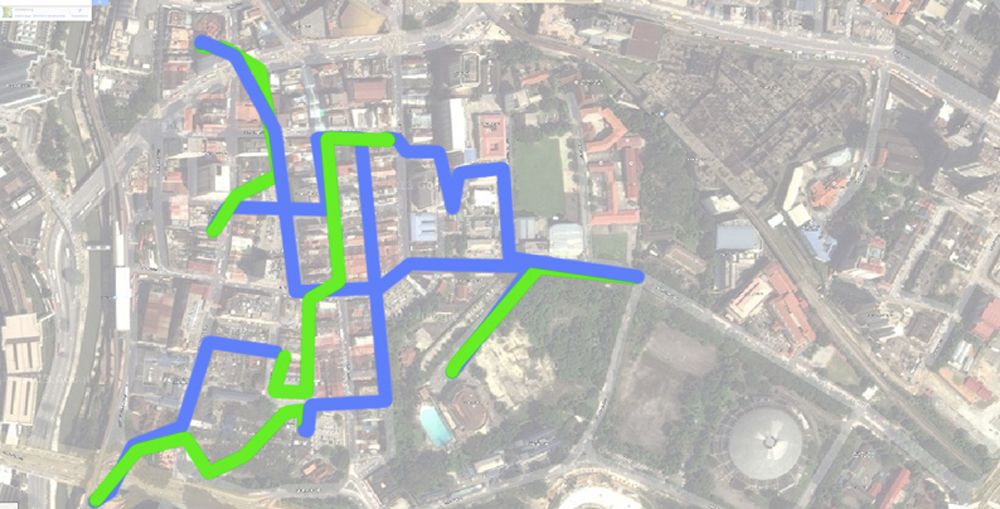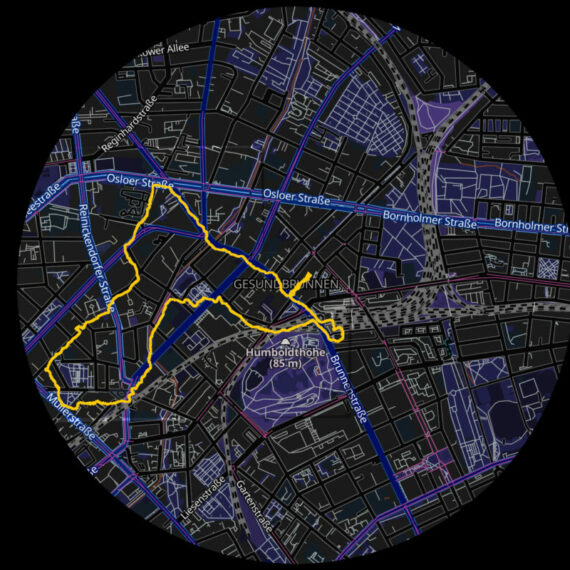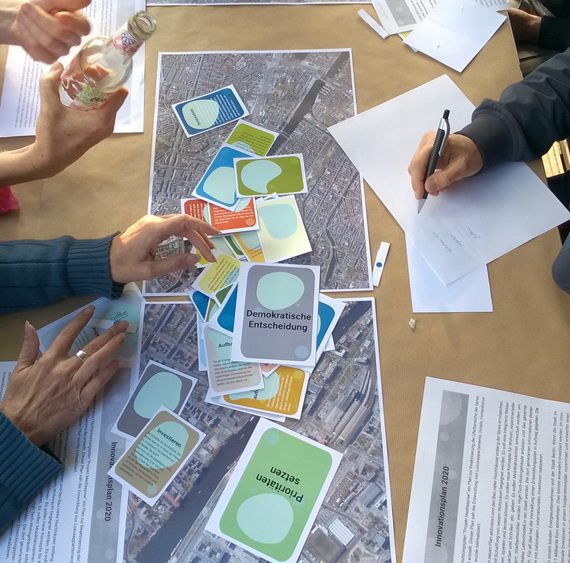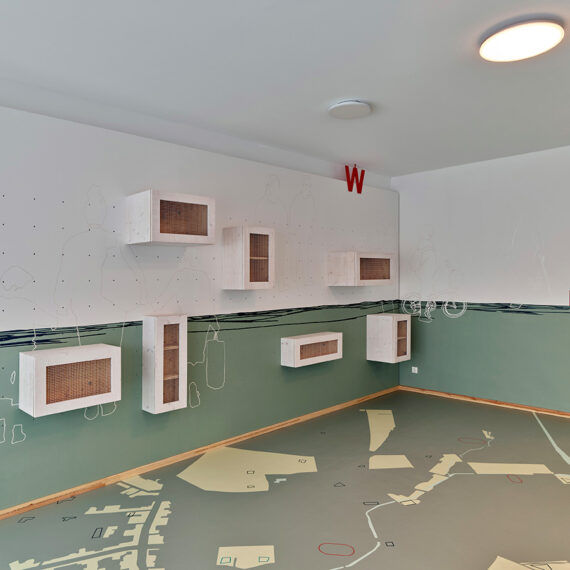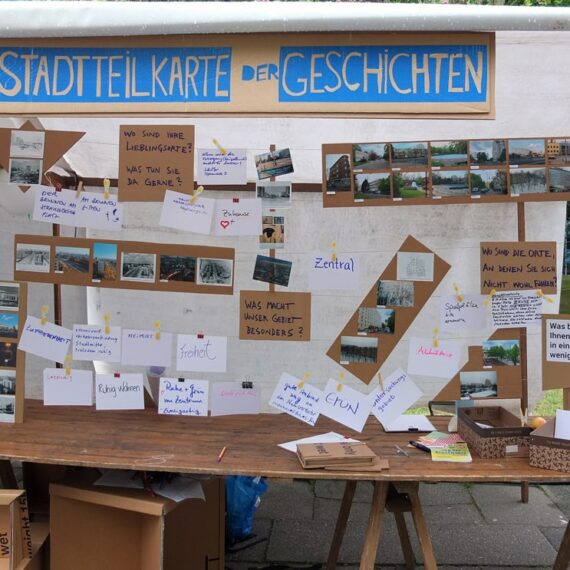Images taken by © Yeoh Lian Heng 2014
Between Night and Day


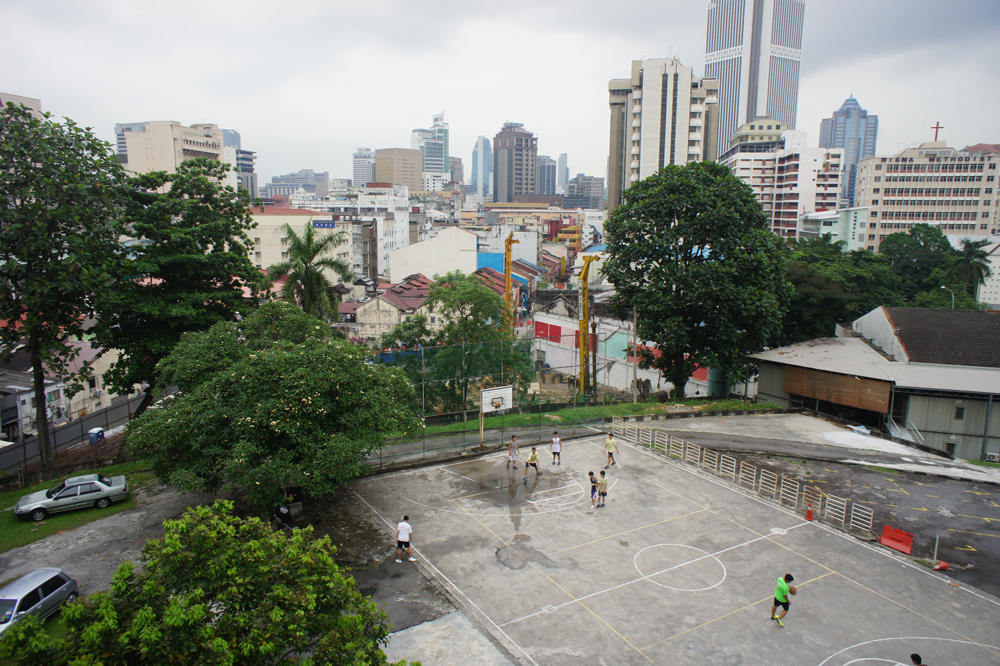
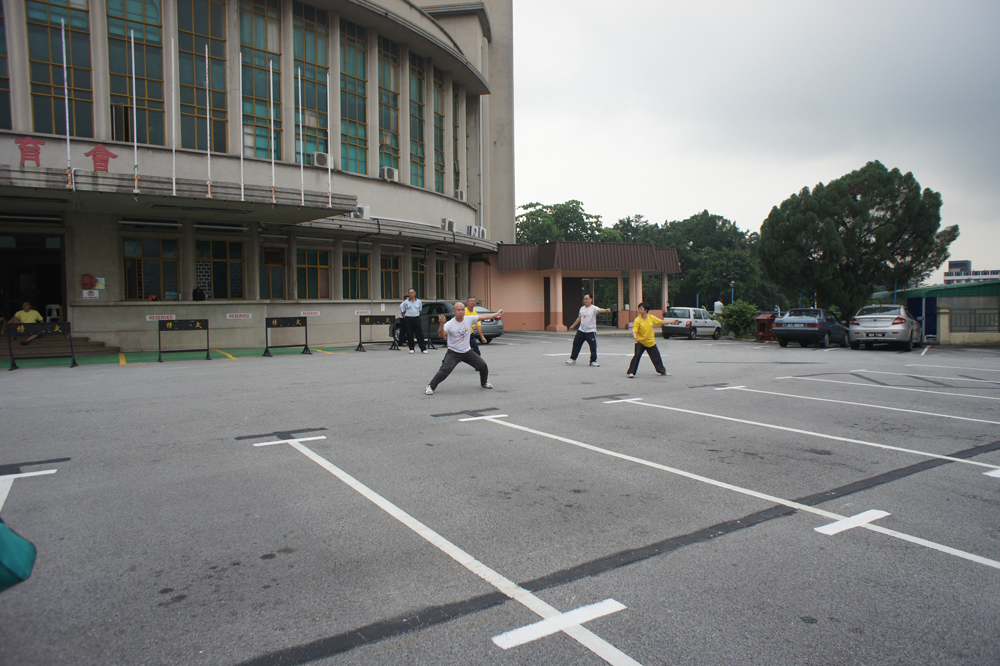
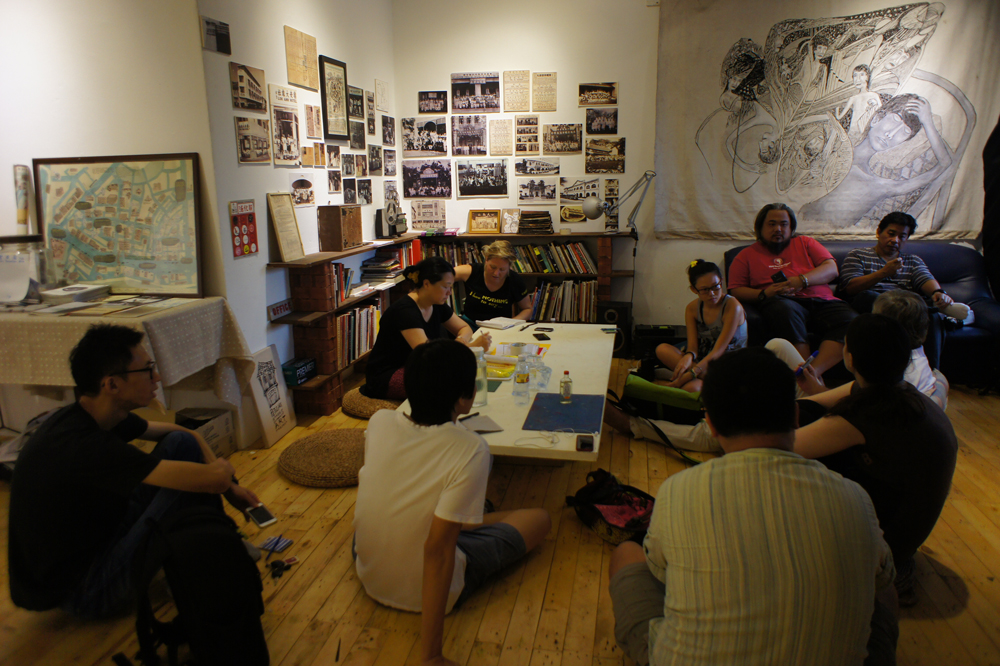
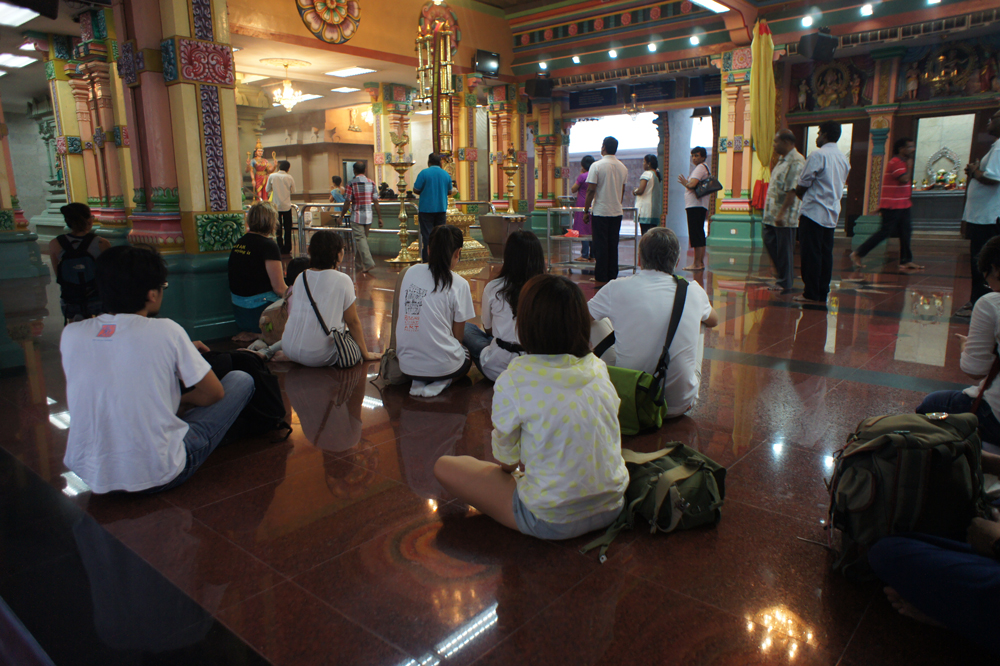
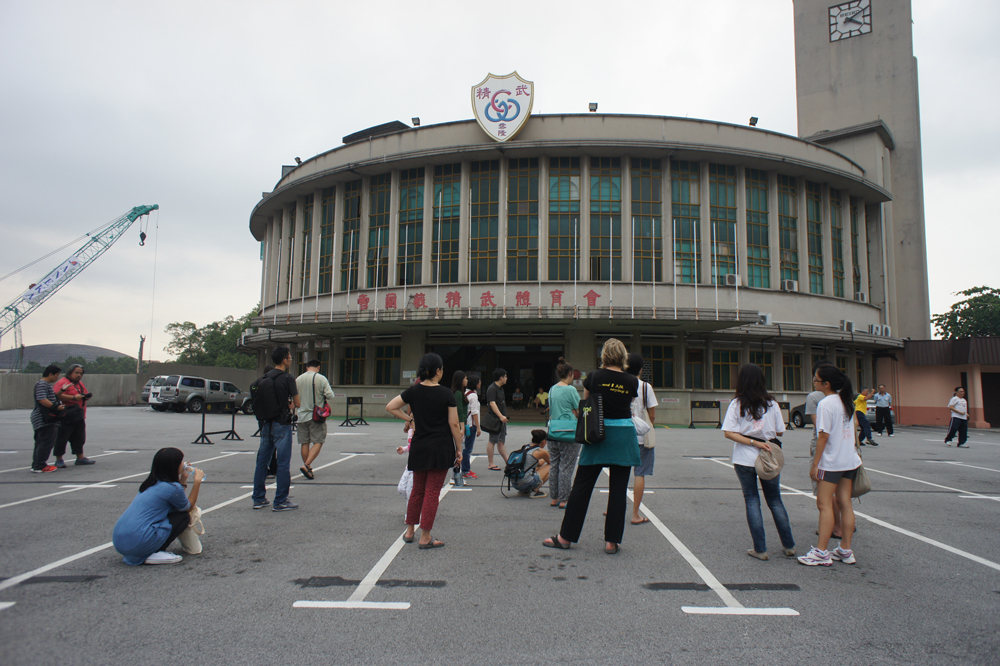
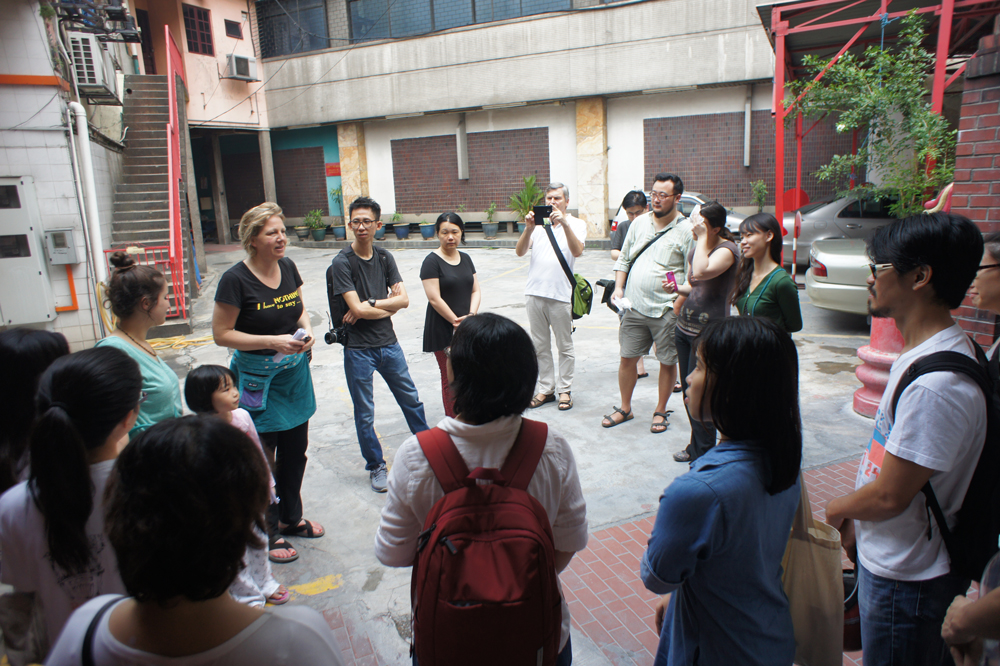
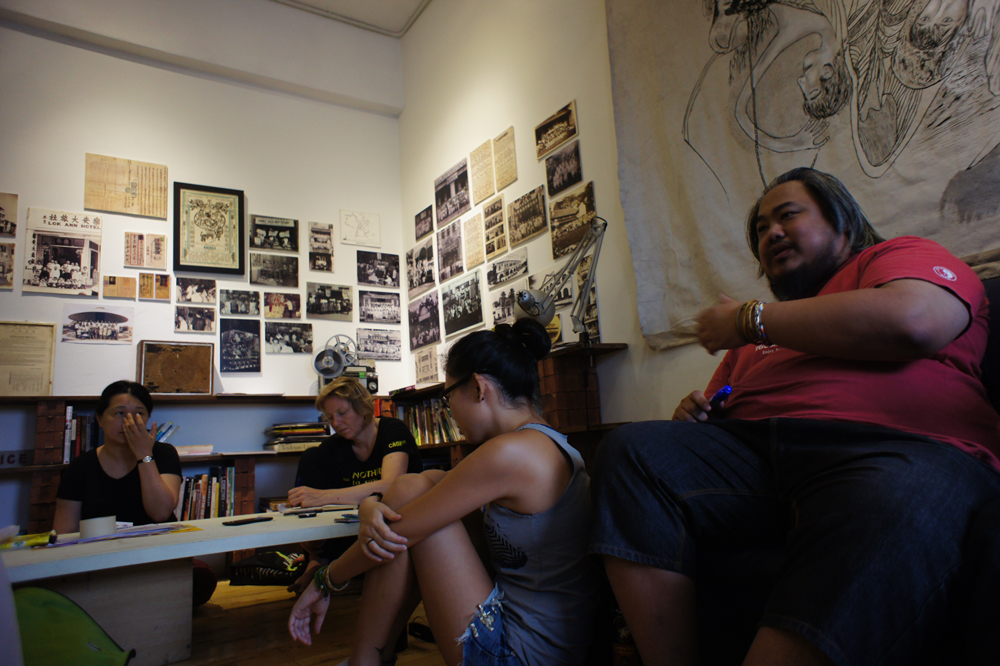
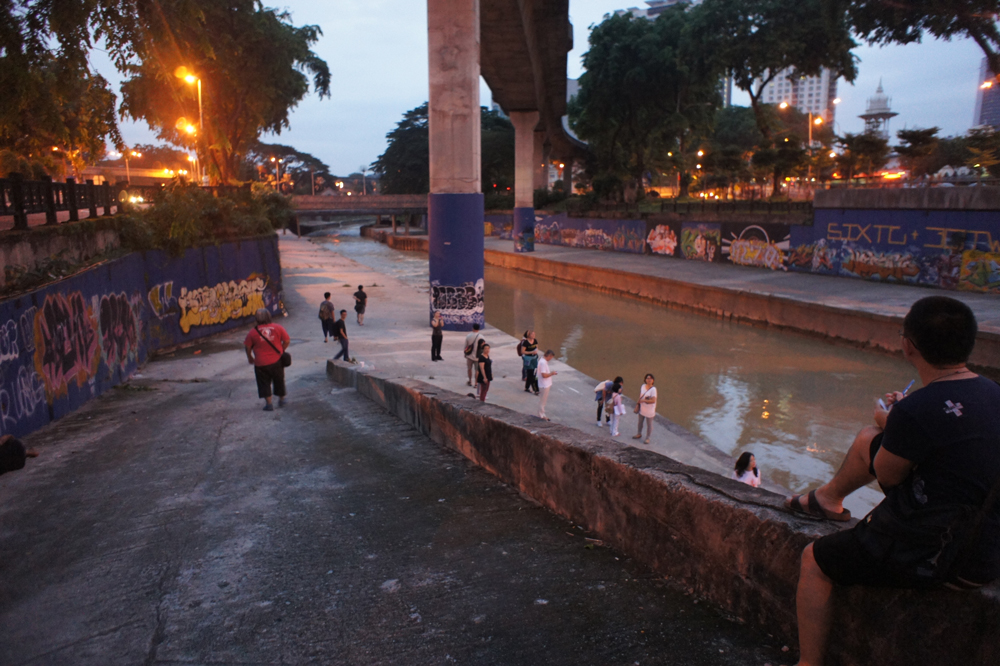
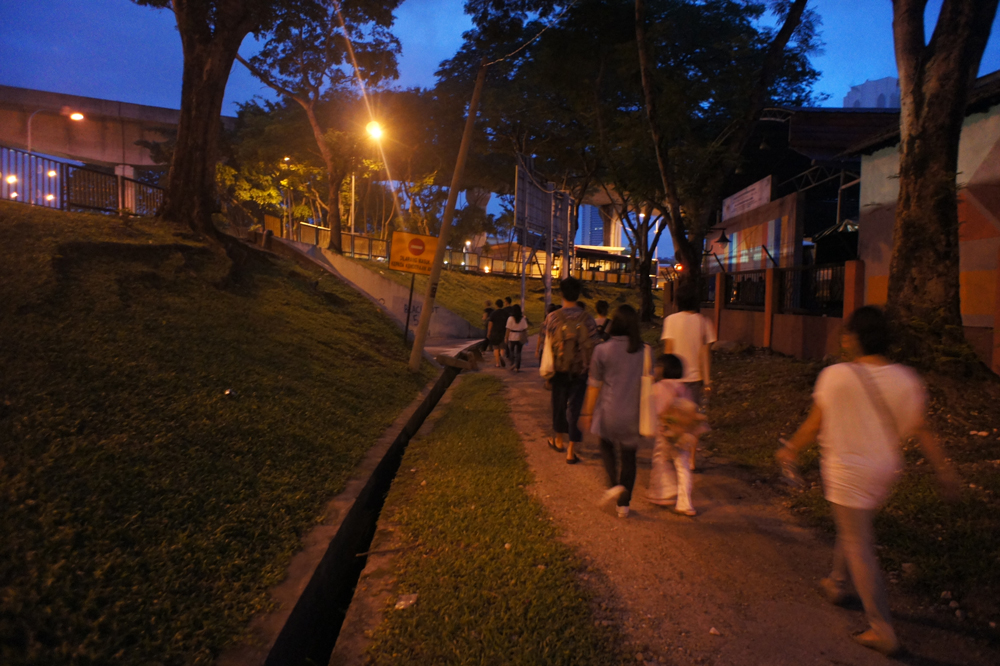
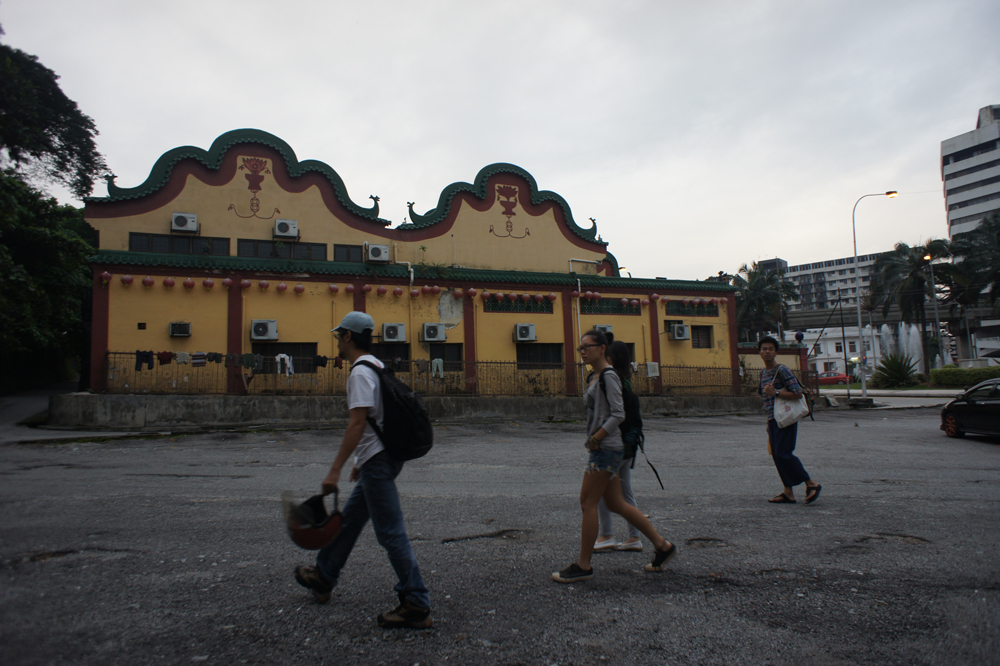
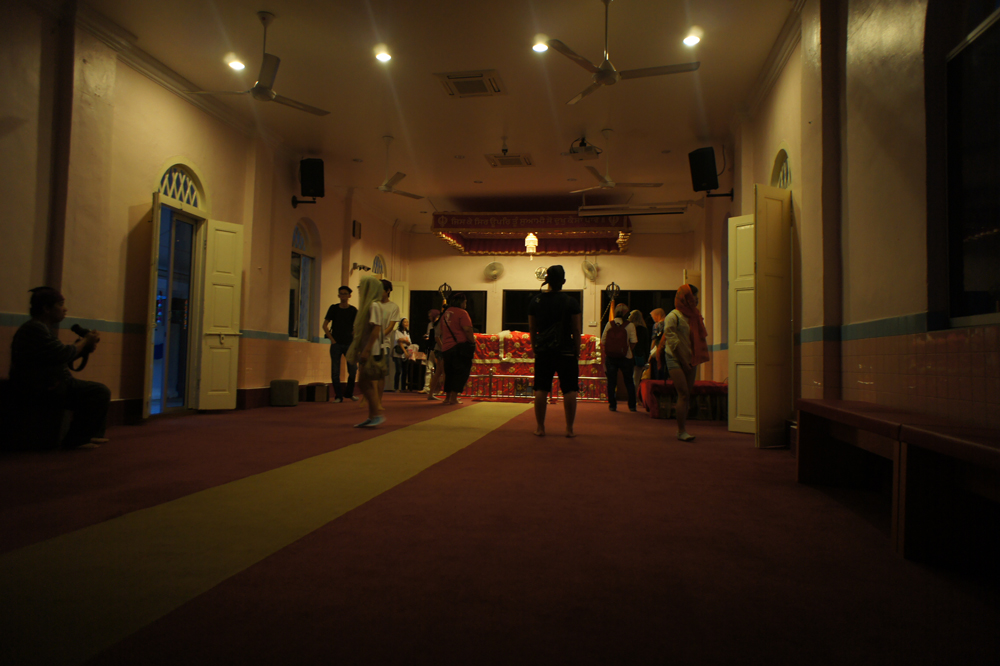
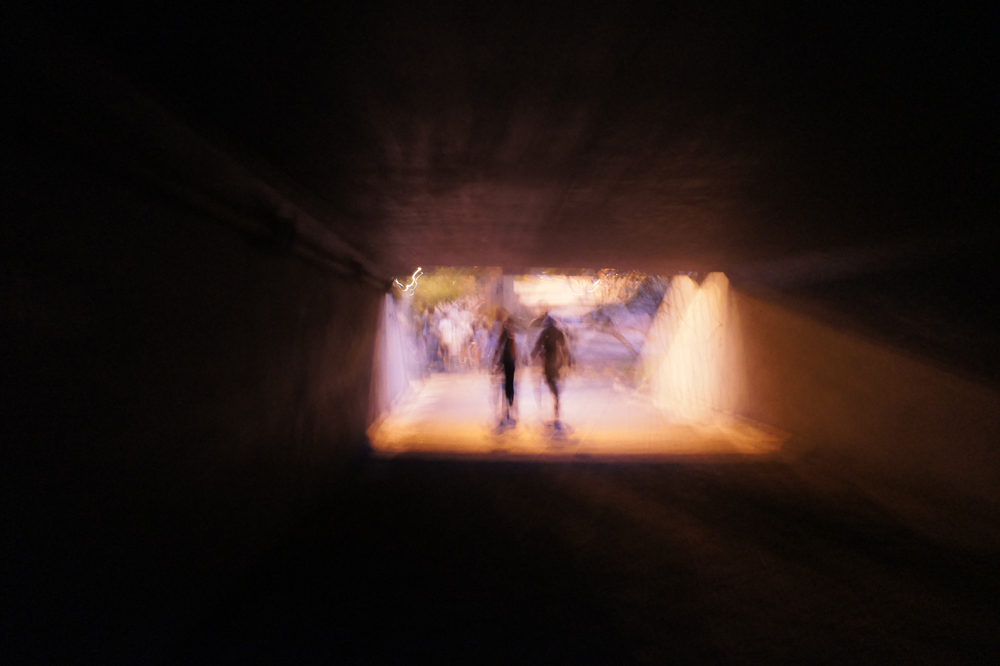
Sensual walk through parts of Chinatown, Kuala Lumpur
6.30-9.30 am
9.30-11 am joint reflection, 17 May 2014
A place is layered with memories, information, knowledge, systems and structures. As a guest or researcher, one can explore a place in a number of different ways. This walk will be an invitation to explore Chinatown with our senses rather than with information for our brain: We will witness the moment between night and day, between darkness and dusk. We will use our senses, which means taste (through a variety of breakfasts), smell, sight, sound, movement, touch, … to get an individual, sensual understanding of the texture of space. We will do this exploration partly in silence, but never alone. It also means to have the permission to endure in places that one might usually never dare to do. At the end, we exchanged our joint learning of this particular space in time.
We walked roughly this route with stops on the street or in situations and locations:
We walked to the riverbanks, passed the police, some homeless and went via the parking lot to the Police Sikh Temple.
From there we walked through the street of sex workers and pims and wanted to pass the flea market. There was no flea market this morning but lots of police that had cleared the market.
We went through Petaling Street and the wet market to the Sri Mariamman Temple. From there we walked to the Sze Ya Temple.
After that, we crossed Petaling Street again, went up the stairs between the schools to the Chin Woo Stadium. We had breakfast at a hawker stall close-by and ended up reflecting the joint experience in lostgens while it heavily rained outside.
Thank you to all the participants for creating this joint knowledge of the site.
Some of the reflections of the walk by the participants:
I am inspired to recognize that I can still hear birds here in Chinatown.
++++
I saw the half pig in the market and I will consider my meat eating.
++++
The number of shrines in the area is amazing. I have been away for years and I do not really know what being Malay means, but today I got such a push and surprise of my culture.
++++
My silence is my response to this all.
++++
I have seen places that I have never seen before although I am from here: the river from this side, the Sikh Police Temple and the street art along the river.
++++
I did not know Langar, the Sikh way of giving away food for free.
++++
I feel a lot of anger how all of this can possibly disappear in the future.
++++
How can someone think about tearing down the stadium? In town, more and more stalls are closed. There was one time when I frequented the market a lot. I went on holidays and when I came back and the old lady on the wet market I used to see often, was not there. The neighbours recognized me and said: Oh, she immigrated. I thought she had supported her children overseas with selling chicken and now she had followed them. But no, it was just a polite way to tell me she has passed away. I asked where she moved to and they all started laughing at me. The old ways are disappearing fast. But again I think the children do not want to do the same jobs, selling chicken in the wet market. As much as we want to preserve and I think we should, how to make it a living space city? I think Penang is a city that is developing very nicely but again I think crafts and old trades are forced out of their spaces because they cannot afford the rent. We have a situation like Singapore where all the buildings are saved but not the people and the social heritage they once held. How do you work that out? I have no answer. I don’t know.
++++
I live in Ampang and I come here from outside. That is the only place I can get my bread. I have been for the first time in the Sza Se Temple. I have been going to the cinema here as kid, the cinema that is long gone and now a parking lot. I loved to hang out here as teenager, I bought lots of comics, I have been robbed twice. Nowadays I come here as art teacher and bring my students for life-drawing. Today it felt very safe as we were in a group, I felt like a tourist. Alone I am much more careful in the area. I have a question about being here: If you think of coming back here, why? It is dangerous, it is messy and it is actually a place of migrant workers now.
We have been comfortable for a long time with no wars and no disasters. How could we be more complacent? We should have a crisis now according to numbers, but we seem to have not. It has to do with different spending habits of different races. What makes the politics here is the economy, the people and the segregation.
++++
I know this area from when I came as a kid with my parents. On Weekends, for shopping and for food. Local Chinese sold shoes and bags, not it is all foreign workers. They are not to be blamed. People are nice and friendly, they make their business here. Do we as Malaysian really care about the past and heritage? We are not taught to preserve and to treasure history.
++++
I am from Poland and I find it odd that the riverside here is an abandoned space whereas in Europe it is the central place in town. Here it is a void, a smelly place.
++++
I realized I found it almost beautiful to see people sleeping in public space, under this bridge, of course they are in a terrible situation. And I realized it creates tensions in me. I had to think of a book by Thornton Wilder from the 1950s called ‘Our Town’: We have such a desire for communion and often we are not aware of being in the presence as we are so busy all the time.
++++
I came here a lot with my grandfather in a bus and I spend my teenage hood here, as I had to change busses here. A lot of the old shops and buildings from there times are already gone. It seems like loosing parts of my memories. I feel a bit sad about it. I will have friends coming from Hongkong. As a potential guide, I realized I do not know how to share what Malaysia is about, our different cultures, how that works here. I have nothing to share. We just live in our comfort zones, we have no idea how the others do or live, this is why our heritage disappears. We do not care about it. It heritage a fashion? No, it is a growing process you have to learn from. Our ancestors managed to live peacefully next to each other. I have no other friends but from my own race. I want to learn how to live with others.
++++
I have also a secondary school experience with this area. I loved the food from here. I then moved to PJ. Struggling for money. I always missed the food from here. Old style Chinese food. And even the coffee was Chinese style. I usually come here in the evenings. This was my first morning experience.
++++
I have mixed emotions. Everything shifted since the time I knew this place as secondary school boy. I was used to use the BUS-MINI. Now we see progressions. I miss the old Petaling Street. It is cleaner now and people less chaotic. It is very commercialized now. There is a loss of the old feeling of Petaling Street. I cannot say if this is good or bad. Every city progresses. But the loss is forever.
++++
I regard this as a special place. I can see it change. But I have a huge issue why we as Chinese have to stick to each other in one location all the time. Why do we have these segregated areas of Indians, Chinese. etc…? I have a mixed feeling about these racial areas. I am not to font of this. And on the other hand: How many people here are still Chinese? I am also a migrant worker as I am a Chinese from Sarawak Locals blame migrant workers for everything. Why? I am not happy how this is all set up, how places are bulldozed away, how histories and memories are removed. I am speechless about this. I am rather emotional, even psychological about it.
++++
Year
2014

